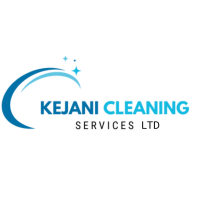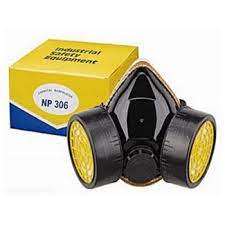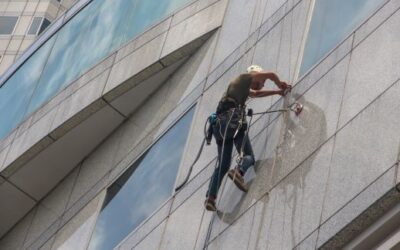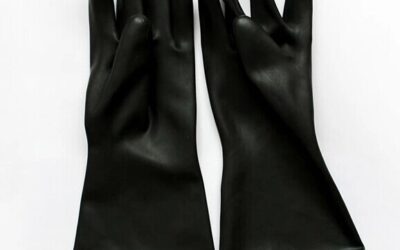Personal Protective Equipment (PPE) is a critical component in infection control, workplace safety, and environmental hygiene across industries—from healthcare and food handling to housekeeping and industrial cleaning. But PPE is only effective when used correctly.
A key part of safe PPE use is knowing the correct sequence for putting it on (donning) and taking it off (doffing). Wearing PPE in the wrong order can lead to contamination or reduced protection.
This post answers key questions:
-
Which PPE should be put on first?
-
Which PPE is removed last?
-
Which PPE should be removed first?
-
Why does the order matter?
Let’s dive into a step-by-step guide with practical insights for professionals in cleaning, healthcare, food service, and beyond.
Why Order of PPE Matters
The correct donning and doffing sequence prevents:
-
Self-contamination: Touching contaminated outer surfaces during removal can transfer pathogens to your hands or face.
-
Cross-contamination: Incorrect order increases the chance of spreading contaminants to other surfaces or people.
-
Reduced protection: Some items like gloves or masks may lose their effectiveness if worn or removed in the wrong order.
Adhering to best practices improves safety, compliance, and hygiene across any work environment.
🔹 Donning PPE (Putting It On) — What Comes First?
Here is the recommended sequence for putting on PPE:
| Step | PPE Item | Why This Order? |
|---|---|---|
| 1 | Gown or Apron | Provides full-body protection before adding facial or hand protection |
| 2 | Mask or Respirator | Ensures respiratory protection before you may be exposed to contaminants |
| 3 | Goggles or Face Shield | Prevents exposure to splashes when adjusting gown or working close to surfaces |
| 4 | Gloves | Gloves are worn last to keep hands sterile after putting on all other PPE |
🧠 Tip: Make sure the gloves cover the cuffs of the gown to create a sealed barrier.
🔹 Doffing PPE (Removing It) — What Comes Off First?
Here is the recommended sequence for taking off PPE:
| Step | PPE Item | Why This Order? |
|---|---|---|
| 1 | Gloves | They are the most contaminated and should be removed first to avoid spreading germs |
| 2 | Goggles or Face Shield | Touch the back or arms only to avoid touching the face |
| 3 | Gown or Apron | Untie carefully and pull away from body to avoid touching the front |
| 4 | Mask or Respirator | Remove by handling only the straps; avoid touching the front |
🧠 Tip: Hand hygiene should be performed immediately after removing gloves and again after removing all PPE.
Answers to Key Questions
✅ Which PPE Should Be Put On First?
Gown or apron should be worn first. It forms the base layer of protection for the body and is worn underneath other PPE.
✅ Which PPE Should Be Worn Last?
Gloves should be worn last. This ensures clean hands after putting on all other gear and keeps outer surfaces uncontaminated.
❌ Which PPE Should Be Removed First?
Gloves are removed first. They are most likely to be contaminated from contact with surfaces and bodily fluids.
✅ Which PPE Is Removed Last?
Face mask or respirator should be removed last. It protects your respiratory system throughout the doffing process.
Summary Table: PPE Donning and Doffing Order
| Donning (Putting On) | Doffing (Removing) |
|---|---|
| 1. Gown or Apron | 1. Gloves |
| 2. Mask or Respirator | 2. Goggles or Face Shield |
| 3. Goggles or Face Shield | 3. Gown or Apron |
| 4. Gloves | 4. Mask or Respirator |
Best Practices for Safe PPE Use
-
Always Perform Hand Hygiene
Wash hands before donning and after doffing PPE. Use soap and water or an alcohol-based hand rub. -
Use the Right PPE for the Task
In cleaning, healthcare, or hazardous environments, PPE must match the level of risk. -
Avoid Touching Your Face
Especially during removal, avoid touching your eyes, mouth, or nose. -
Dispose of PPE Properly
Use designated biohazard or PPE disposal bins to avoid environmental contamination. -
Train Your Team Regularly
Incorrect PPE use is a leading cause of infection spread in the workplace. Conduct refresher courses often.
Application in Different Workplaces
| Workplace | Common PPE | Extra Considerations |
|---|---|---|
| Healthcare | Gowns, masks, face shields, gloves | Focus on infection control; use of N95 masks if aerosol risk |
| Housekeeping | Gloves, apron, mask, goggles | Prevent chemical splashes and contact with contaminants |
| Food Industry | Gloves, hairnets, aprons, masks | Ensure hygiene, prevent food contamination |
| Industrial Cleaning | Respirators, chemical-resistant gloves | Protect from fumes, solvents, and heavy-duty spills |
Final Thoughts
Knowing which PPE to put on first and remove last is vital for maintaining safety in any professional setting. The correct donning and doffing order prevents infection, chemical exposure, and cross-contamination — ensuring both personal safety and public hygiene.
At Kejani Cleaning Supplies, we provide:
-
Disposable gloves and gowns
-
Medical-grade and industrial face masks
-
Face shields and safety goggles
-
PPE kits for cleaners, hospitals, factories, and kitchens





0 Comments